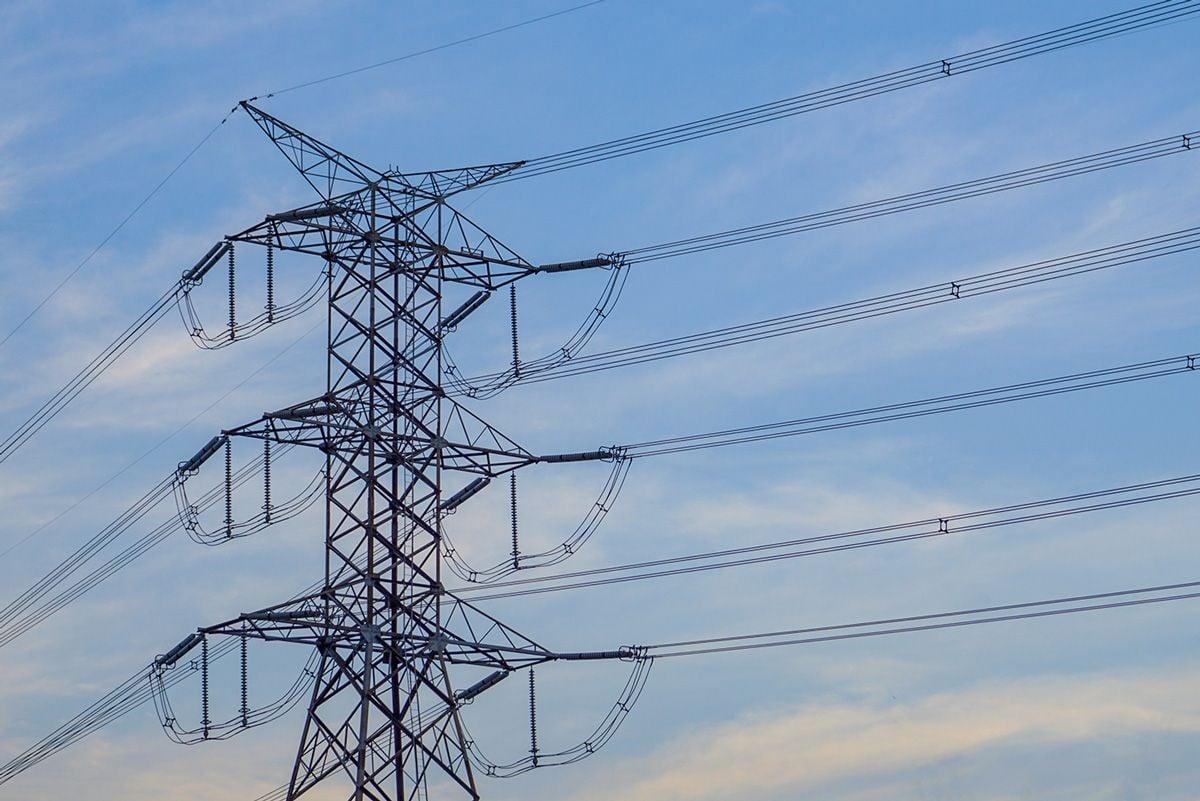The Mobility House is now an active member of the European Power Exchange EPEX SPOT SE. The tech firm has already been marketing the flexibilities of stationary (1st- and 2nd-life) and mobile electric car batteries on the European energy and power markets since 2016. With respect to short-term energy trading, it has traded through a longtime and close partner`s market access up until now. As Vehicle-to-Grid (V2G) applications become more real with the first bidirectional vehicles and charging stations on the market, active and direct participation as an official stock exchange member is mandatory. This allows the specific flexibility of electric cars to be traded in the best possible way without aging the battery. By taking this step, The Mobility House is ensuring the best possible development of its proprietary systems and algorithms in order to be able to cope with the rapid growth – both in terms of the availability of electric car batteries and the need for flexibility in the electrical energy system as well as to meet the requirements of OEM partners.
EV Aggregation Platform - the technological basis
The basis for the participation in the energy markets is the specifically developed technology in and around what is known as the “EV Aggregation Platform”. Similar to Tesla's Autobidder software for stationary storage, The Mobility House's platform specifically makes the storage or flexibility potential of mobile electric car batteries specifically accessible. This way electric vehicles are no longer just being used for travel purposes; they are also providing valuable energy, grid and system services while standing still. The huge flexibility potential that is being exploited in this way enables significant revenues per vehicle and even compensates the cost of traction current. The technology is currently being used in Germany, France and the Netherlands, and will soon be deployed in the UK and the USA.
"Over the course of many years, we have gained valuable experience in day-ahead and intraday trading using our EV Aggregation Platform as a basis in numerous projects with well-known partners. So, we are thrilled that we are now even closer to short-term trading as a member of the EPEX SPOT SE power exchange. In this dynamic environment we are increasing our real net output ratio and improving our agility. This will enable us to even better fulfill our promise to partners and customers of generating maximum value in the electrical energy system with electric car batteries. We are excited about the new cooperative relationships that this will give rise to."
Robert Hienz,
CEO, The Mobility House
The EV Aggregation Platform developed by The Mobility House is a central component of the entire ecosystem the company offers in the smart charging and Vehicle-to-Grid integration segments. The platform will soon be used in products aimed at private customers, too. This will allow them to benefit directly from a participation in the energy markets in the future and to make their electric car’s storage or flexibility potential available to the market. Every driver will thus be able to play a role in transforming the transport and energy sectors, while generating financial advantages at the same time. The Mobility House also offers its technology to partners as a white label solution.
(1) Flexibility is an essential attribute of a sustainable power system, maintaining or restoring the stability of a grid. Adaptive injection and withdrawal of electricity both makes efficient use of an oversupply of electricity and prevents overloading of the power grid.
